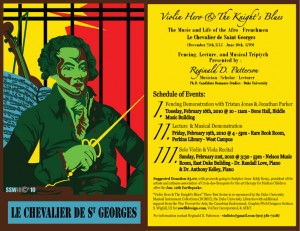Patrick Chamoiseau’s novel Texaco makes reference to “maroons,” enslaved people who ran away from the plantation, sometimes creating independent communities in the mountains in Martinique. Maroons were a presence in most slave societies, most famously in Jamaica and in Suriname, where they ultimately negotiated treaties with the colonial government securing their permanent freedom.
When maroons left the plantation, owners put advertisers in local newspapers — basically private “wanted” ads — in the hopes of recovering the people they saw as their “property.” A group of scholars in Canada has digitized all such advertisements published in the newspapers of Saint-Domingue (present-day Haiti), France’s most important Caribbean colony, from 1766 to 1791. In class on Tuesday, we’ll spend some time looking at this fascinating collection of materials, which ironically provides us some of the best insight into the origins, names, clothing, language abilities, and skills of the enslaved. I urge you to look through this collection a bit to get a sense of the biographies of some enslaved people, and also to understand better the kinds of sources that enable historians and novelists to reconstruct the history of slavery.




